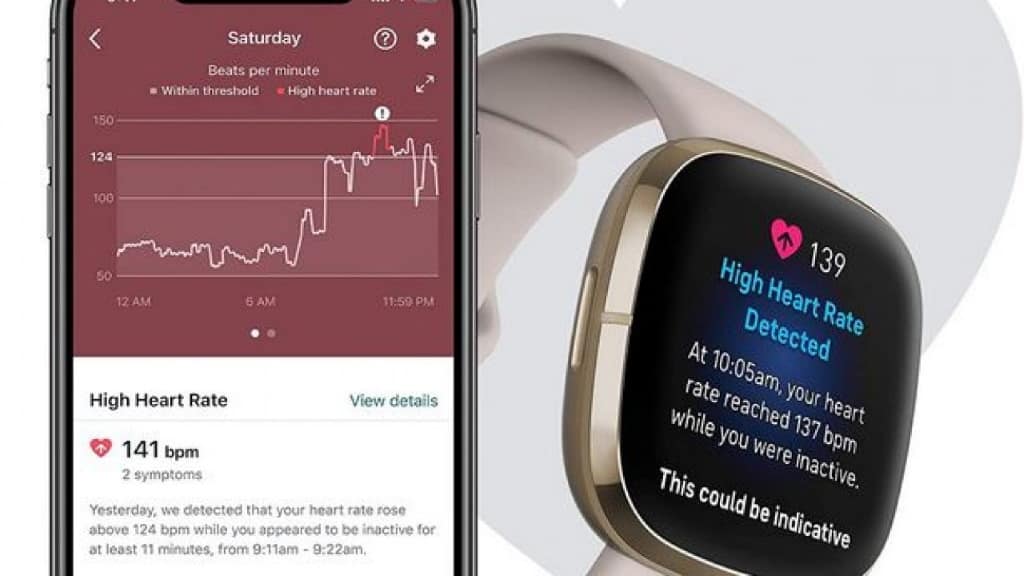Oura Ring REVIEW
Summary
Oura Ring REVIEW
Looking for an unobtrusive anti-Apple smartwatch to discretely monitor your health and sleep patterns? ASHLEY KRAMER might just have found the answer.
From US$299
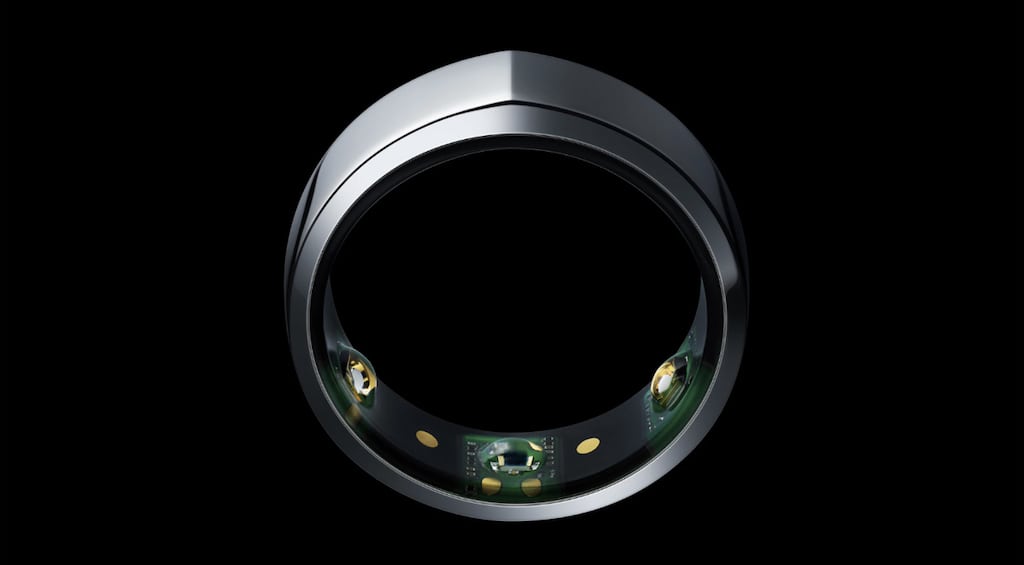
Would you like to support our mission to bring intelligence, insight and great writing to entertainment journalism? Help to pay for the coffee that keeps our brains working and fingers typing just for you. Witchdoctor, entertainment for grownups. Your one-off (or monthly) $5 or $10 donation will support Witchdoctor.co.nz. and help us keep producing quality content. It’s really easy to donate, just click the ‘Become a supporter’ button below.
Many New Zealanders will be familiar with the World of Wearable Art show, but some won’t be aware of the concept of “wearables”, or wearable technology. Wearable tech is all around us – every Apple Watch is a wearable, for example, as is every fitness tracker or smartwatch that pays any attention to the wearer’s body. If you wear it and it’s analysing something about your body, then it’s a wearable.
Wikipedia has a nifty definition of wearables:
“Wearable technology, wearables, fashion technology, smartwear, tech togs, skin electronics or fashion electronics are smart electronic devices (electronic device with micro-controllers) that are worn close to and/or on the surface of the skin, where they detect, analyse, and transmit information concerning e.g. body signals such as vital signs, and/or ambient data and which allow in some cases immediate biofeedback to the wearer.”
The best-known wearables are smartwatches, but despite being a hardcore tech-junky, I’m trying to spend less time interacting with my phone. This might be counterintuitive for a technology writer, but the last thing I want to add to my life is another connected device that’s hell-bent on grabbing my attention every second of the day.
However, in addition to being deeply into tech, I’m also a committed biohacker, which means I’m focused on improving my health. I’ll happily explore just about any methodology I can find if I think it may lead to a better overall state of health. From nutrition and supplements to meditation and sun exposure, not much is off-limits.
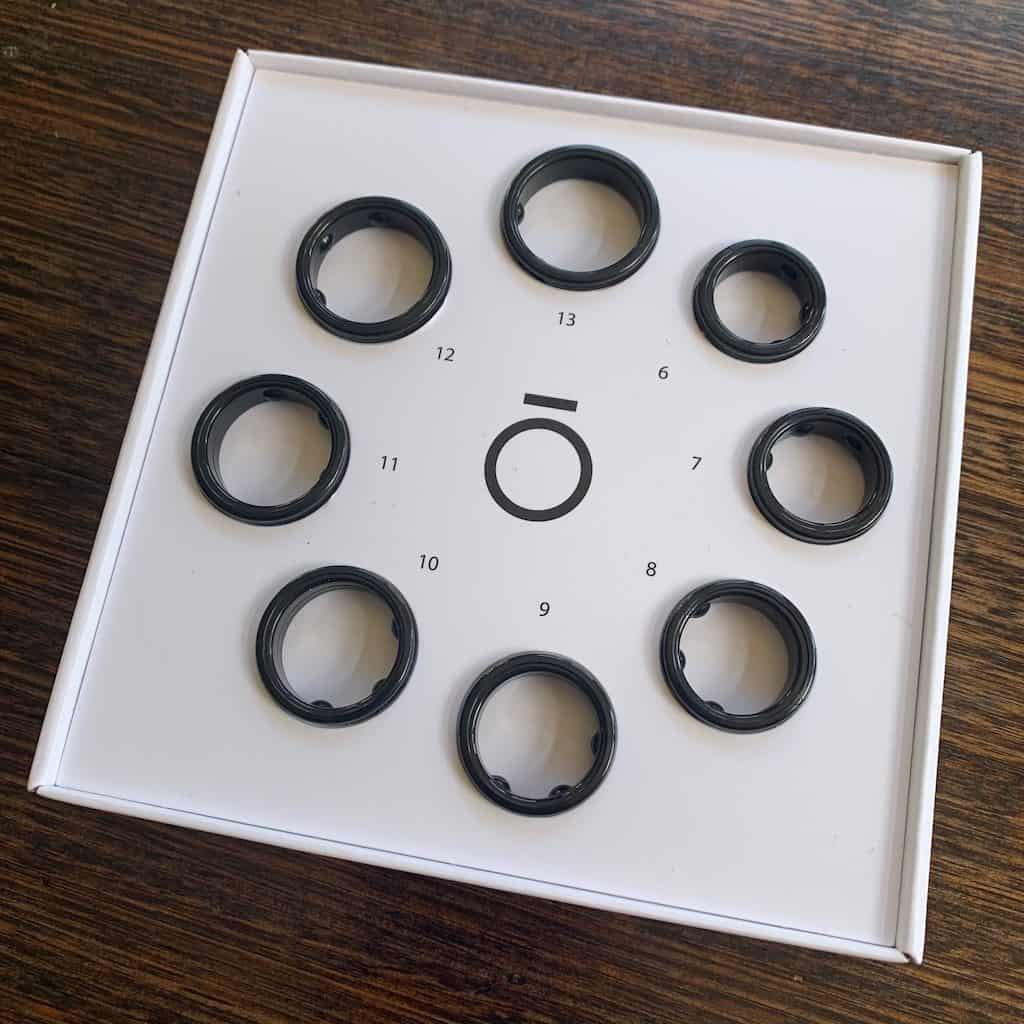
Information is power, and this is especially true when it comes to health. The more data you have, the easier it is to make informed decisions. Some of the latest wearable devices are incredibly capable – the current version of the Apple Watch allows users to check whether their heart rhythm shows signs of atrial fibrillation (AFib) using an ECG App. This may be of dubious usefulness, but it’s a sign of just how powerful wearables are becoming. Another example is the Fitbit Sense (reviewed here by Pat Pilcher), which has a list of features that would have been inconceivable just a few years ago.
I’ve been searching for a wearable device that would give me more data than the number of steps I’ve walked in a day; far more data, especially around sleep quality. But importantly, I didn’t want a smartwatch because I generally only wear old-school analogue watches. I also didn’t want any on-device interface that’d join my phone in vying for my attention. And if there were a way to keep the thing from blasting wireless or Bluetooth signals at me 24/7, that’d be even better.
It turns out that there is a wearable device that suits my somewhat eccentric and pedantic requirements – the Oura Ring.
Described by its manufacturer as “The most accurate sleep and activity tracker”, the Oura is one of the smallest wearables available. Hell, as the name implies, it’s just a ring.
Despite the tiny form-factor, the Oura promises much. Its onboard sensors include two infrared LED sensors, two body temperature sensors, a 3D accelerometer, and a gyroscope. These allow it to measure and record a wide range of health data, including temperature, respiration, movement, and heart rate. This functionality enables it to track and offer long-term insights on sleep, activity, heart rate variability, recovery from workouts, general readiness and more.
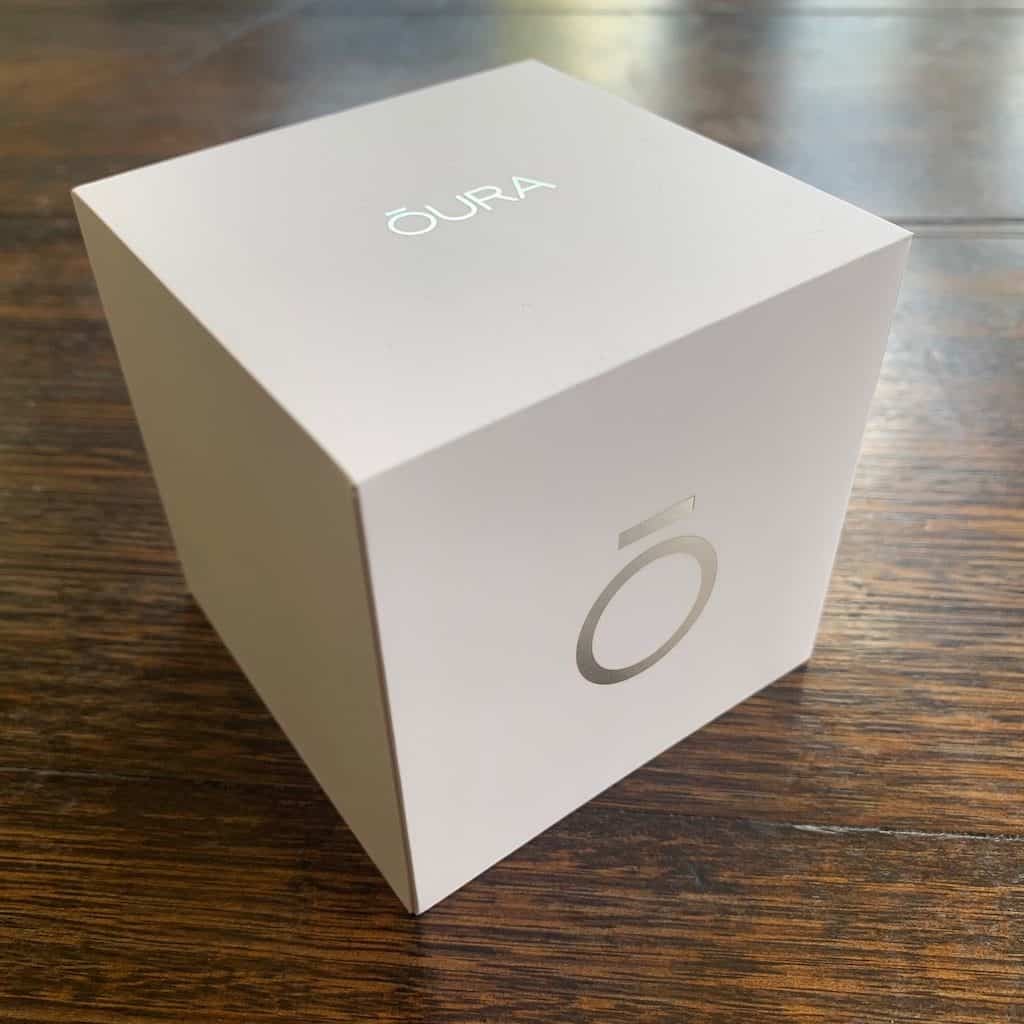
Starting at US$299 depending on finish, it’s not a small investment. And it raises some questions. Can something that small deliver on the hype? As a friend pointed out, how long will that tiny battery last in real-world use? What happens when it no longer holds a charge?
With some good recent feedback on the Oura from smart people I know, I decided to go for it. My main goal was to get an objective look at the state of my sleep. I had a particular interest in finding out how if at all, my various hacks were impacting the quality and consistency of my rest.
Again, this is a ring, so the need to get the size right first time complicates the ordering process. While it is possible to follow some instructions on the company’s website and simply measure your finger, Oura has a far more elegant solution to this problem – once the order is placed, they send out a sizing kit. Being on the bottom of the planet meant that DHL took about five days to deliver the kit to my Auckland address, which in these strange times, is good service.
The sizing kit is a small and neatly-presented box containing eight plastic rings. The instructions are to try the various sizes, find the one that’s both snug yet easy to remove (no easy task on my hands). Once you have one that seems about right, the idea is to wear it for 24 hours, because apparently, fingers swell overnight. Who knew?
Going back and forth between sizes 11, 12, and 13, I finally settled on the 11. The next step was as simple as updating the order online. The ring is then manufactured in the chosen size, style, and finish, and subsequently shipped. This took a couple of days, followed by another five days moving through the massive DHL machine before my unit arrived at my door.
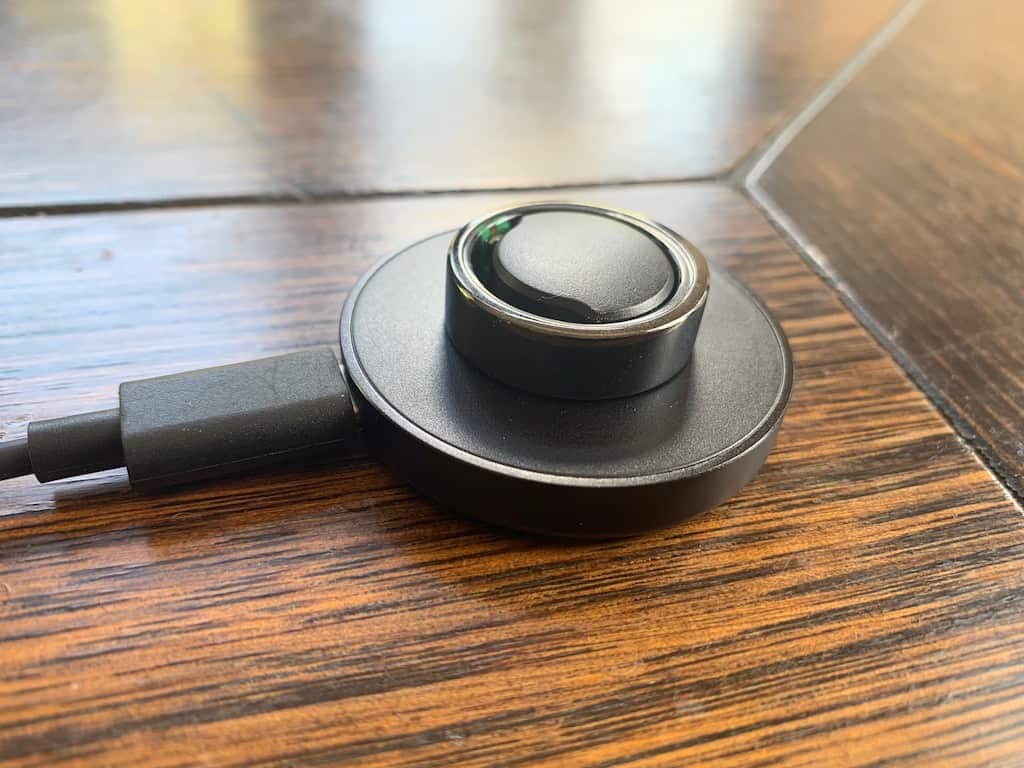
In Use
The Oura is a stylish item, looking more like a piece of jewellery than a technology product. However, in the black, scratch-resistant, diamond-like carbon-coated finish, it’s far shinier than anticipated. There is a “stealth” option, but that sells for US$399, which seems a touch steep. Physically, it’s not as low profile as a conventional metal ring, but it’s constructed using lightweight titanium and only weighs between four to six grams depending on size. After a week, it’s become barely noticeable.
The ring comes with a dock-like charger and USB cable. Getting it up and running is an easy process – download the App, pop the ring on the charger and turn on your phone’s Bluetooth. A few moments later, the ring pairs to the phone and you’re ready to start measuring and recording your every move.
The Oura’s battery is said to last seven days, with a full charge happening in around an hour. The ring is water-resistant down to 100 meters, and it’s happy with temperatures ranging from a sauna to an ice bath. So in theory, you can wear it while washing dishes, showering, swimming, and even diving.
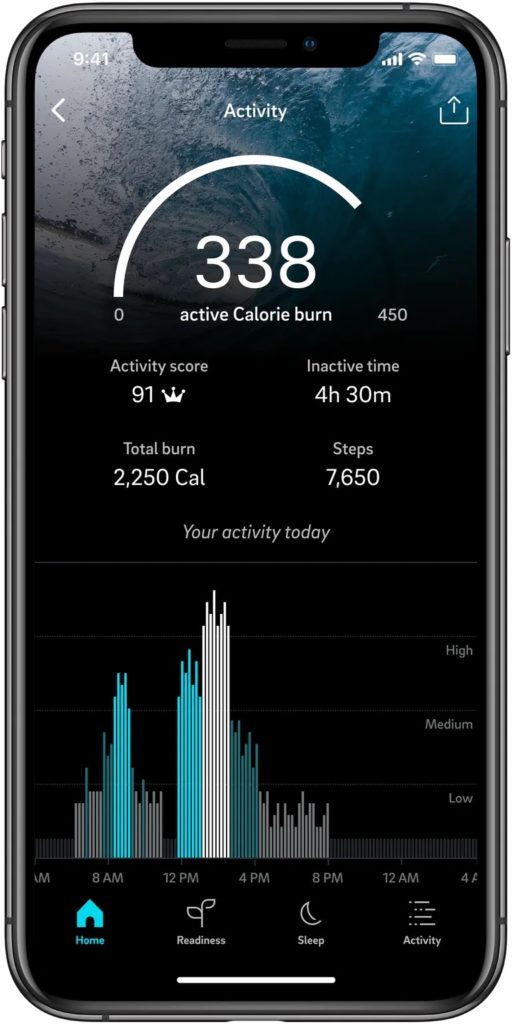
The Oura uses low-energy Bluetooth to communicate with a smartphone, but placing it into airplane mode is an option. Why would anyone do this? Well, for the same reason you’d put your phone into airplane mode at night – to reduce non-native EMF emissions. You guessed it. That’s another part of my biohacking regimen. Having a ring pulsing a Bluetooth signal next to my head all night long doesn’t sound like a good idea to me. So the ring comes out of airplane mode first thing in the morning to allow me to check my sleep readings, and then it goes straight back into airplane mode for the rest of the day. More normal users can, of course, ignore this functionality, which would allow them to check the comprehensive App on their phone as often as they like.
Battery life in standard mode seems to match the maker’s estimate of seven days, while airplane mode means the ring sips away at the battery, and I’d expect it to last longer than that. There is the uncertainty around long term battery life to consider, which is something that only the test of time will reveal, but a two-year warranty is some comfort. Perhaps a second look in a year might be a good idea.
The Oura App divides its functionality into three main sections – sleep, readiness, and activity. Sleep and activity are relatively self-explanatory, while readiness is a measure of how well your body is handling and balancing sleep, activity, and recovery. A high readiness score indicates that you’re well-rested and able to push physical exertion on the day, while a low score is a sign that you might be better off resting or taking it easy. The App is straightforward to use and offers some “at a glance” insights in addition to the more in-depth reporting.
Accuracy is a crucial part of the ring’s appeal. The Oura gets its data from arteries in the fingers instead of the capillaries in the wrist. Combined with the lack of movement if it’s fitted correctly, this should result in more consistent and precise measurements than a watch. As an example, Oura claims that the ring has been validated to be highly reliable compared to a medical-grade electrocardiogram in terms of resting heart rate and heart rate variability (99.9 percent and 98.4 percent respectively).
After a couple of weeks of use, I’m impressed. The sleep measurements are precise enough to allow me to judge changes in my nighttime routine and sleep supplementation. That information is already improving the quality of my sleep, allowing me to drill down into specific areas that I’ve long suspected were problematic. The ring also tracks activity and recovery accurately. Its feedback seems to closely mirror my subjective assessments of my daily and ongoing health. If I think I’ve had a terrible night of sleep, the ring inevitably agrees. When I feel like I’ve been pushing things physically, the ring indicates a corresponding decrease in readiness.
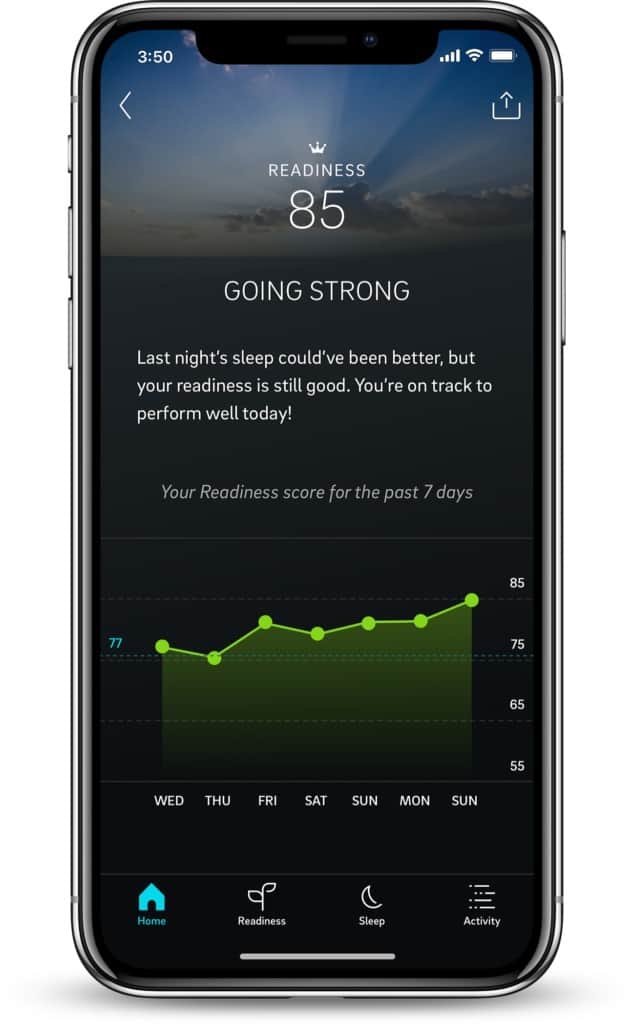
Conclusion
The Oura Ring is a fascinating device. It’s competing in a crowded marketplace where the products on offer range from the simplest of budget fitness trackers to hyper-advanced smartwatches that measure almost every health-related parameter under the sun.
There’s no question that the Oura Ring is giving up functionality compared to an Apple Watch, for example, but for a specific type of user, it’s the ideal device. Most of the Oura Ring owners I know are looking for an unobtrusively simple but effective way to monitor their health trends without adding another conventional connected device to their lives. The Oura tells me everything I need to know to make better decisions about my health, and most of the time, I hardly know it’s there.







